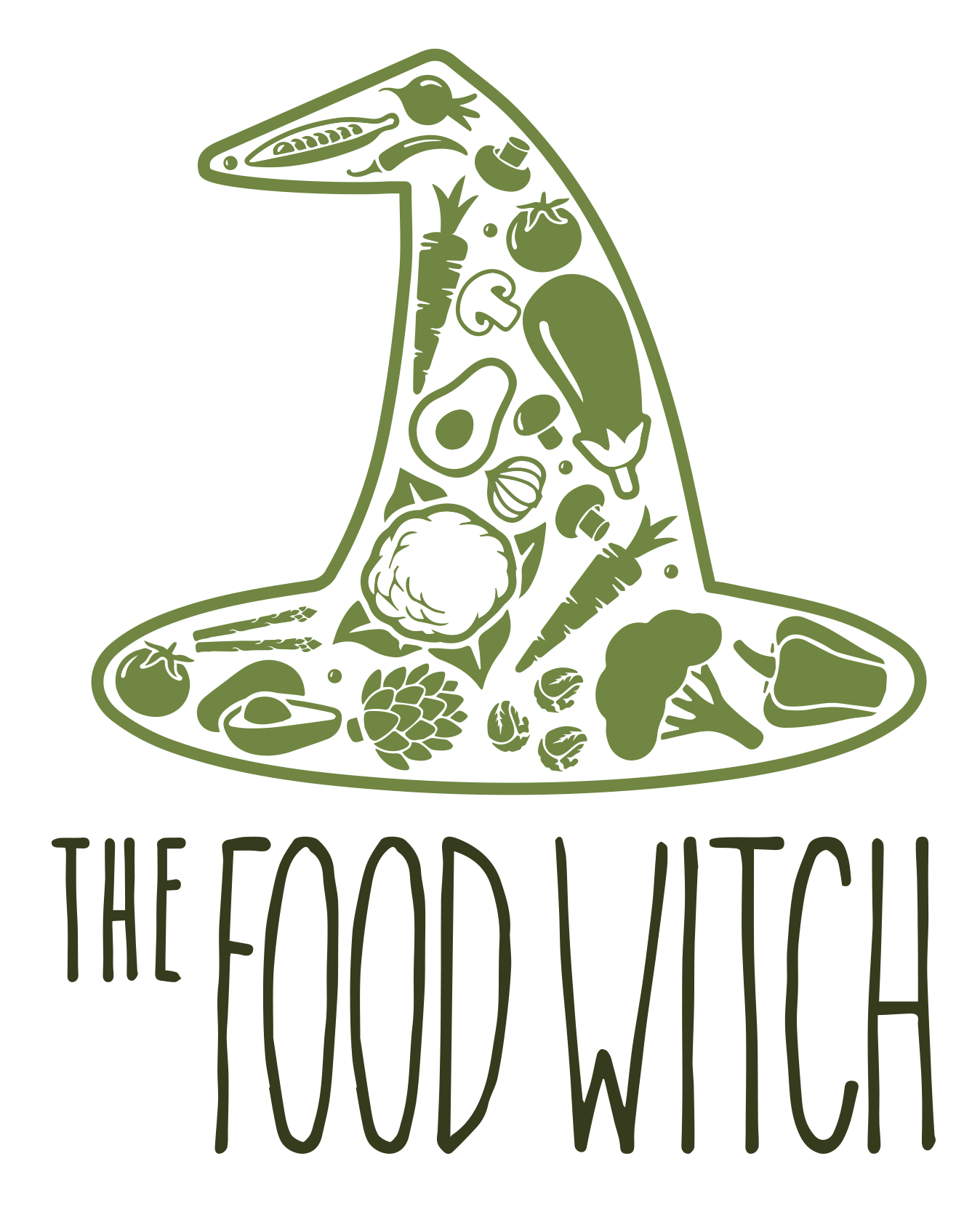4. COOking methods
click here for the cooking methods table pdf download
Week 4: Key Takeaways
Colour means flavour
Griddle/grill
Texture and variety from the char lines and soft bits
You have a lot of control over how cooked things are but it doesn’t work for every ingredient
Frying pan
Anything from dry to deep frying
Very versatile and works for most veggies (though some may need to be blanched first - or consider roasting those)
Colour but also even cooking
Texture and contrast with the crust vs. middle
You have a lot of control over how cooked things are
Oven: roast/bake/slow roast
Very versatile and passive
Great for one pot cooking
Autumn and winter vibes for sure
How to choose which methods to use
There’s no actual rule, though some work better than others in certain situations
Sometimes your mood or schedule will dictate the cooking method
Primarily a trade-off between speed and how hands on you want to be in the process
Comfort food screams oven or simmer
Fresh and zesty screams raw or griddle
Sometimes your ingredients will dictate the method
You wouldn’t boil tomatoes or aubergines in water, but you may in stock (e.g. stew, curry)
You probably wouldn’t griddle potatoes
How long do they take to cook, do you want them crunchy or soft, quick or slow cooked?
Weather / season
Summery things: raw or less cooking, you may favour the hob
Wintery things: take longer to cook, you may favour the oven
Often it will be a compromise between the above factors
Seasoning
Salt and acid are your main priorities
Sweet, heat and savoury may be present and dominant or you may want to balance
Fat provides body and mouthfeel which can be really important in veggies
The only way to be more confident is to test the boundaries, make mistakes and adjustments. You’ll learn more from oversalting something than never salting enough
Question if you need to look at other aspects of seasoning if you find yourself adding a lot of salt
That’s why I like to think about salt and acidity together, as often you think you need salt but you need acid
Week 4: Exercises
Start to apply some of the ideas from today's tutorial to your home cooking!
Cook some of your favourite veggies in one of the ways above, being careful to choose a method you wouldn’t ordinarily use
What worked? What didn’t work? Anything life changing?
See if you can cook a meal without boiling anything in a pan of water
And when you do boil veggies, use your growing intuitive nouse to think about ways to make them more exciting after boiling (adding herbs or some butter and lemon, for example)
Try a one tray roast, adding your ingredients in an order of your intuitive choosing to make sure everything’s cooked for the right time
Make notes of what you did so that we can discuss and share among the group in the Q&A, and if any questions or issues come up in the process be sure to bring them up too!


